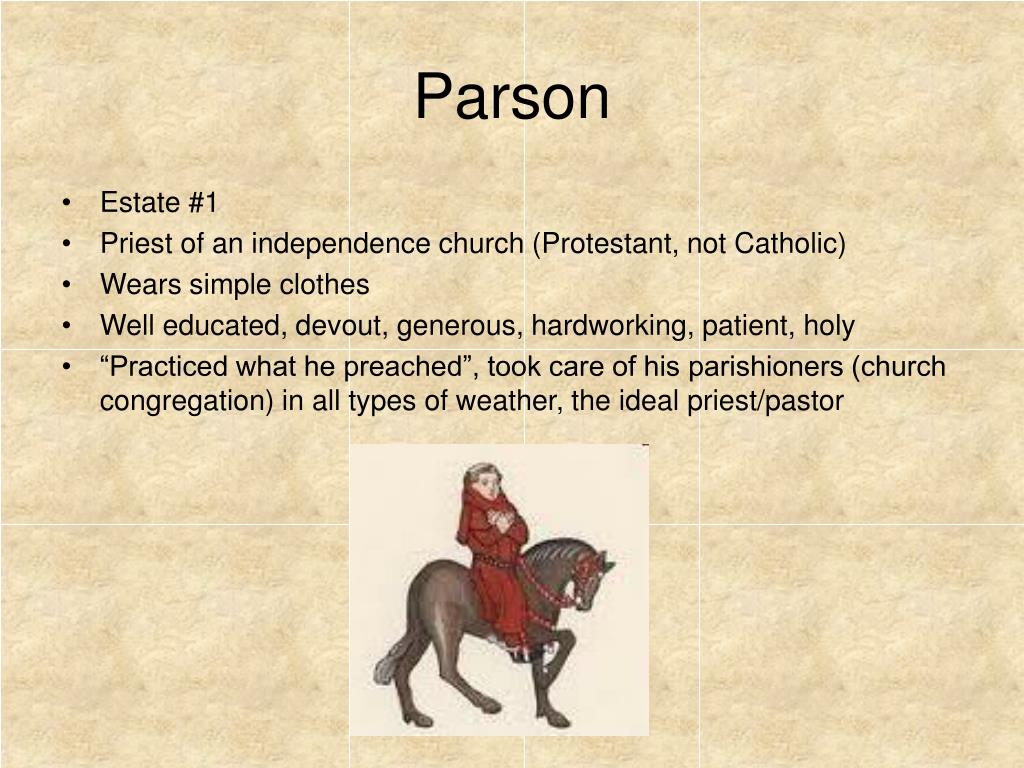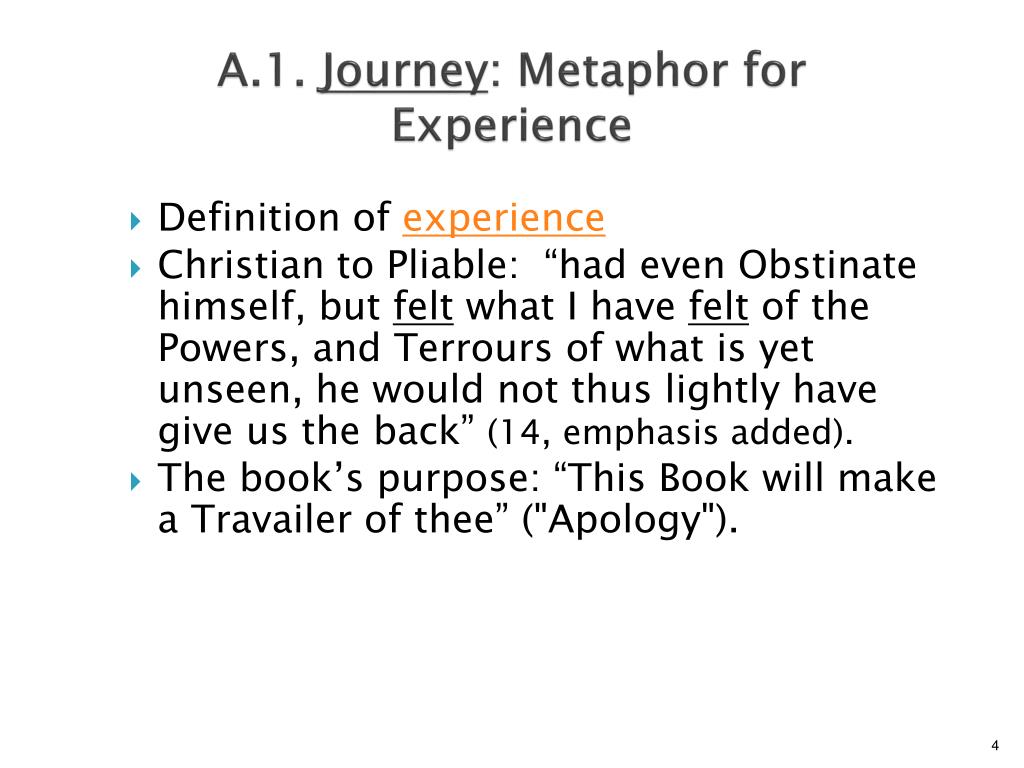

Pilgrims enter into a state of spiritual purity known as “ihram” that is aimed at shedding symbols of materialism, giving up worldly pleasures and focusing on the inner self over outward appearance. What are the rituals performed during the Hajj? 18, 2018.The annual Islamic pilgrimage draws millions of visitors each year.

Muslim pilgrims walk toward the Grand Mosque to offer prayers ahead of the annual Hajj pilgrimage, in the Muslim holy city of Mecca, Saudi Arabia, Aug. Observant Muslims around the world face toward the Kaaba during their five daily prayers. Muslims do not worship the Kaaba, but it is Islam’s most sacred site because it represents the metaphorical house of God and the oneness of God in Islam.

In pre-Islamic times, the Kaaba was used to house pagan idols worshipped by local tribes. Over the years, the Kaaba was reconstructed and attracted different kinds of pilgrims, including early Christians who once lived in the Arabian Peninsula.

Islamic tradition holds that the Kaaba was built by Ibrahim and Ismail as a house of monotheistic worship thousands of years ago. Why is the Kaaba so important to Muslims? That spring, known as the sacred well of Zamzam, is believed to possess healing powers, and pilgrims often return from the Hajj with bottles of its water as gifts. Tradition holds that God then brought forth a spring that runs to this day. Pilgrims also trace the path of Ibrahim’s wife, Hagar, who Muslims believe ran between two hills seven times searching for water for her dying son. In the Christian and Jewish version of the story, Abraham is ordered to kill his other son, Isaac. Ibrahim was prepared to submit to the command, but then God stayed his hand, sparing his son. Muslims believe Ibrahim’s faith was tested when God commanded him to sacrifice his only son Ismail. While following a route the Prophet Muhammad once walked, the rites of Hajj are believed to ultimately trace the footsteps of the prophets Ibrahim and Ismail, or Abraham and Ishmael as they are named in the Bible. A few even walk thousands of miles by foot to Saudi Arabia, taking months to arrive.Ī Muslim pilgrim drinks water distributed by Saudi volunteers near the Grand Mosque, ahead of the annual Hajj pilgrimage, in the Muslim holy city of Mecca, Saudi Arabia, Aug. Others save their entire lives to make the journey. Those who cannot afford the Hajj are sometimes financed by charities or community leaders. Many seek to deepen their faith on the Hajj, with some women taking on the Islamic hair covering known as “hijab” upon returning.ĭespite the physical challenges of the Hajj, many people rely on canes or crutches and insist on walking the routes. The Hajj is seen as a chance to wipe clean past sins and start fresh. The Hajj is one of the five pillars of Islam, and all able-bodied Muslims are required to perform it once in their lifetime. Here’s a look at the pilgrimage and what it means for Muslims:
#PILGRIMS DEFINITION SERIES#
They will circle Islam’s most sacred site, the cube-shaped Kaaba in the Saudi Arabian city of Mecca, and take part in a series of rituals intended to bring about greater humility and unity among Muslims. More than 2 million Muslims from around the world are beginning the five-day Hajj pilgrimage Sunday.


 0 kommentar(er)
0 kommentar(er)
